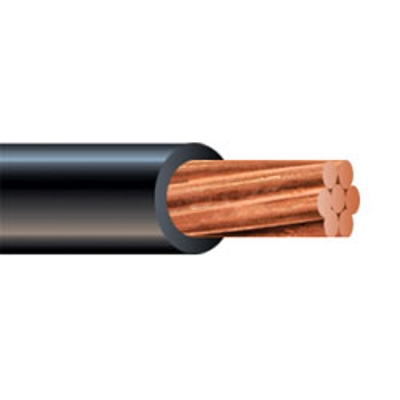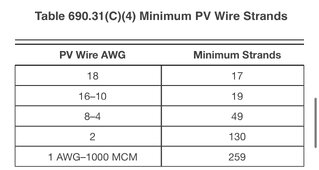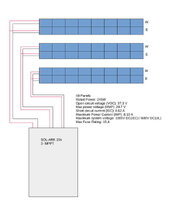Scott Off Grid
New Member
I am trying to figure out what wire guage I need to use between the solar panels and the inverter.
This is the panel I am using, on a Sol-Ark 15K inverter.
The issue is the distance between the panels and the inverter, it's about 80 feet.
Should I use aluminum or copper wire?
What guage should I use?
This is the panel I am using, on a Sol-Ark 15K inverter.
- Rated Power: 245W
- Open circuit voltage (VOC): 37.3 V
- Max power voltage (VMP): 29.7 V
- Short circuit current (ISC): 8.62 A
- Maximum Power Current (IMP): 8.10 A
- Maximum system voltage: 1000V DC(IEC) / 600V DC(UL)
- Max Fuse Rating: 15 A
The issue is the distance between the panels and the inverter, it's about 80 feet.
Should I use aluminum or copper wire?
What guage should I use?
Last edited:





